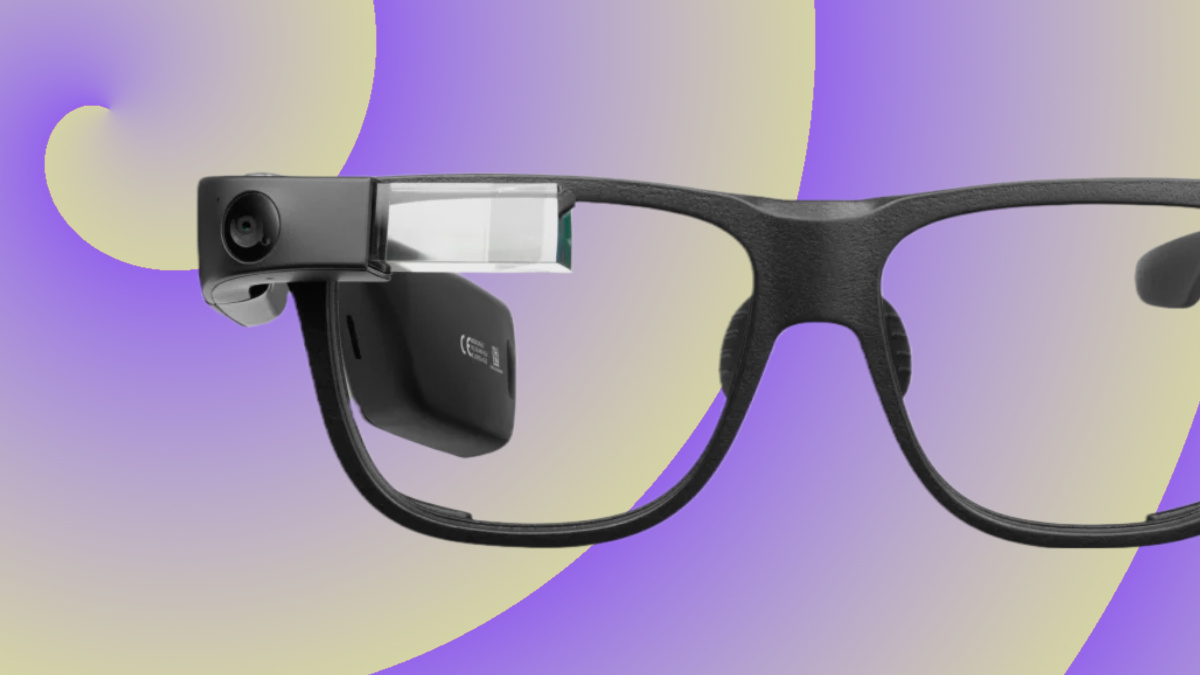Near-eye AI smart glasses are set to transform the wearable tech market. These devices project information directly into your field of view through tiny displays.
Startups like Halliday are leading with ultra-lightweight “DigiWindow” modules launching in early 2025. Meanwhile, established companies like Meta are quickly updating their Ray-Ban frames with built-in displays and accessibility features.
Google‘s Android XR platform signals a broader shift toward open AR operating systems. Early research shows how AI in smart glasses can turn everyday moments into learning opportunities.
Despite challenges in optics, power efficiency, and comfort, market analysts predict a multi-billion-dollar industry in the coming decade.
What Are Near-Eye AI Smart Glasses?
These wearable computing devices embed micro-displays into eyeglass frames. They overlay digital content onto your real-world view while maintaining transparency.
Unlike bulky VR headsets, smart glasses look and feel similar to regular eyewear. They effectively transform ordinary spectacles into heads-up displays.
Key Components:
- Display Module: Tiny optical engines that beam pixels directly into the eye
- AI Processor: Onboard or connected computing power to run language models and vision systems
- Sensors: Cameras, microphones, and motion sensors to enable proactive assistance
The timing is right for smart glasses in 2025. Miniaturized optics, energy-efficient AI chips, and advanced language models have made consumer-grade AI eyewear possible. Previous attempts like Google Glass struggled with cost, weight, and limited AI capabilities.
Halliday’s “DigiWindow”: Lightweight Design Case Study
Halliday unveiled its $489 smart glasses at CES 2025. Their “DigiWindow” display module is smaller than a fingernail yet projects a 3.5-inch virtual screen into your field of view.
Preorders start at $369 on Kickstarter. Shipping begins in March 2025.

Technical Innovation
Halliday’s glasses shine pixels directly onto the retina. This approach avoids expensive custom lenses and heavy optics.
The frames weigh just 35 grams and look like ordinary eyewear. They support prescription lenses without compromise.
Battery life extends to eight hours of continuous use. The module adjusts to fit different nose bridges, though some users reported alignment issues.
Built-In AI Features
The glasses offer instant translation in up to 40 languages. Their context-aware assistant provides suggestions without explicit prompts.
Users can discreetly view messages, map directions, and song lyrics. Control options include voice commands or a touch-sensitive ring.
Competitive Landscape
Meta plans to add displays to Ray-Ban frames by 2025 at around $300. They’ve already introduced accessibility features that provide rich scene descriptions for users with vision impairments.
Google is positioning Android XR as an open operating system for third-party hardware. Their Project Astra smart glasses will use Gemini AI and Raxium’s microLED optics for bright, power-efficient visuals.
Apple is developing efficient chips for AR glasses. They’re targeting a release by 2028, building on their Apple Watch silicon expertise.
Industry analysts predict 2025 will be the year of smart glasses. Both major tech companies and startups will continue to announce new products.
Technical Challenges
Aligning micro-displays with diverse facial shapes remains difficult. Halliday’s sliding mechanism shows promise but isn’t perfect.
Power consumption is a major hurdle. Driving bright displays and running AI strains battery life. Solutions include offloading computing tasks to smartphones or creating specialized low-power chips.
Privacy concerns arise from always-on cameras and microphones. Companies must implement on-device processing and encryption to address these issues.
Market Potential
The global smart glasses market could exceed $10 billion by 2030. Growth will come from both enterprise use and consumer adoption of hands-free AI.
Key Use Cases:
Enterprise settings will benefit from AI-driven checklists and remote assistance. Healthcare and manufacturing show particular promise.
Accessibility features will help visually impaired users with real-time environment descriptions and navigation.
Consumers will value language translation for travel, automatic meeting notes, and enhanced entertainment options.
Early reviews highlight excitement about the lightweight design and real-time AI. However, concerns remain about display alignment, comfort, and battery life.
Future Outlook
Research projects like AiGet show how smart glasses can become ambient learning companions. They deliver context-aware information based on what you’re looking at.
Open platforms like Android XR may speed up innovation. Multiple hardware partners can improve designs while lowering costs.
Privacy regulations will likely mandate on-device processing for sensitive tasks. Health standards must ensure that near-eye displays meet safety requirements.
Conclusion
Near-eye AI smart glasses are approaching mainstream adoption. They combine subtle designs with powerful AI assistants.
Halliday’s DigiWindow glasses will lead the first wave of consumer devices in early 2025. Meta, Google, and Apple are developing their own solutions.
Technical challenges persist, but research points toward a future where wearables learn alongside us. As platforms mature and costs decrease, smart eyewear may evolve from novelty to necessity—changing how we interact with the world.

